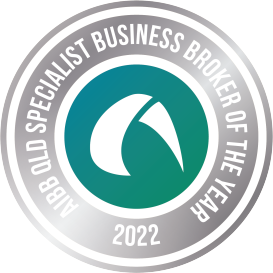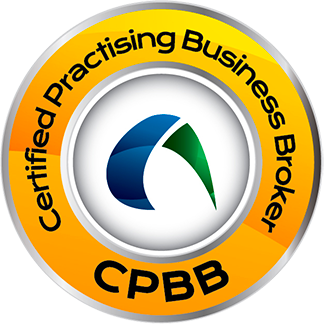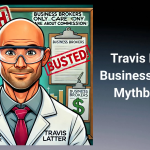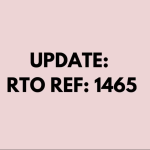Cash-free debt-free with zeroed out liabilities.
The term “cash-free, debt-free basis” in the sale of a Registered Training Organisation (RTO) refers to the financial condition of the business at the point of sale. It means the vendor will sell the business without any cash and without any debt.
Essentially, the purchase price reflects the value of the business’s operating assets and liabilities alone, excluding cash and debt.
Here are some of the liabilities a vendor would need to settle at the time of settlement:
Accounts Payable: Any outstanding payments to suppliers must be cleared.
Wages & Salaries: Any pending salaries or wages to employees should be paid.
Annual Leave and Holiday Pay: Obligations regarding accrued but unused annual leave (discounted pro-rata) and holiday pay for employees generally must be settled.
Tax Liabilities: Any outstanding GST, PAYG, or other tax liabilities need to be settled.
Loans and Borrowings: All outstanding loans tied to the business must be paid off.
Lease Obligations: If the RTO operates from leased premises, you’ll either have to ensure the lease is transferable.
Student Liabilities: Outstanding obligations to students, such as refunds for courses not delivered, have to be sorted.
Regulatory Fines: Any fines or penalties from regulatory bodies like ASQA should be cleared.
Contractual Obligations: Some contracts may have termination fees or penalties for breaking them early, and these would need to be addressed.
Clearing these liabilities is crucial to maintain the pillars of Fair-pricing, Integrity, Transparency, and superior knowledge during the transaction. The aim is to provide a clean slate for the buyer, making the transition as smooth as possible for both parties involved.
The only consideration is working capital (WC). In a RTO scenario, working capital refers to the funds available to cover the day-to-day operational expenses and financial obligations of the organisation
Working capital can be calculated as the difference between current assets (such as cash, accounts receivable, and inventory) and current liabilities (like accounts payable and short-term debts).
Think of it as the money you need to pay trainers, and to deliver the training. The WC amount is a case by case scenario.
If you have any thoughts, questions or comments, let me know…….





